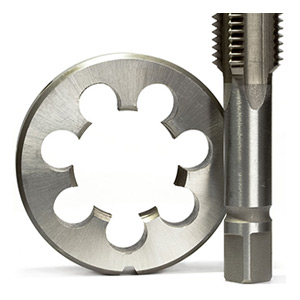
Oct . 18, 2024 21:06
Back to list
Understanding the Function and Benefits of Electric Auxiliary Heating Systems for Your Home
Understanding Electric Auxiliary Heaters A Comprehensive Overview
Electric auxiliary heaters have become increasingly popular in modern heating systems, especially in colder climates where efficient and reliable heating is essential. These devices, which provide supplemental heat to enhance the performance of main heating systems, operate using electricity and are particularly useful in extending the functionality of electric or heat pump heating systems.
What is an Electric Auxiliary Heater?
An electric auxiliary heater is designed to provide additional heat when the primary heating source is insufficient, such as during extremely low temperatures when heat pumps may struggle to maintain desired indoor temperatures. This heating solution is often integrated with HVAC systems and can automatically activate based on the ambient temperature or user settings.
How Do They Work?
Electric auxiliary heaters typically consist of electric resistance coils that heat up when electricity passes through them. These coils can generate significant amounts of heat, which is then distributed throughout the space using the existing ductwork or vents in the heating system. When temperatures drop, the auxiliary heater kicks in, ensuring that the home remains warm and comfortable.
Benefits of Electric Auxiliary Heaters
1. Improved Efficiency Electric auxiliary heaters can improve the overall efficiency of heating systems by ensuring that warm air is consistently delivered, even during extreme weather conditions. This reduces the strain on the main heating source and prolongs its lifespan.
2. Enhanced Comfort They provide immediate warmth, making them an ideal solution for homes in areas that experience sudden drops in temperature. By quickly ramping up heat output, these devices ensure that residents enjoy a comfortable environment.
electric auxiliary heater

3. Cost-Effective Although the initial installation cost may be higher, electric auxiliary heaters can lead to savings in energy bills. By improving system efficiency, homeowners can reduce their overall energy consumption.
4. Easy Installation Many electric auxiliary heaters can be added to existing systems without extensive modifications. This flexibility makes them an attractive option for many homeowners looking to upgrade their heating capabilities.
5. Safety and Control Modern electric auxiliary heaters come with built-in safety features, such as automatic shut-offs and thermal protection. Additionally, they can often be controlled via programmable thermostats, allowing users to set specific temperatures and schedules.
Considerations
While electric auxiliary heaters offer numerous benefits, homeowners should consider the following factors before installation
- Energy Source Ensure that the electricity used is from a reliable and affordable source as this will affect operating costs. - Sizing Selecting the right size heater is crucial for maximizing efficiency and comfort. An oversized heater can lead to higher energy bills, while an undersized unit may fail to provide adequate warmth.
- Regulations Check local building regulations and codes to ensure compliance when installing these systems, particularly in relation to electrical installations.
Conclusion
Electric auxiliary heaters are a smart investment for homeowners looking to enhance their heating systems, especially in regions with harsh winters. By providing reliable, efficient, and immediate warmth, they play a crucial role in maintaining home comfort. As technology continues to evolve, these systems are expected to become even more efficient, making them an indispensable part of modern home heating solutions.
Latest news
-
Safety Valve Spring-Loaded Design Overpressure ProtectionNewsJul.25,2025
-
Precision Voltage Regulator AC5 Accuracy Grade PerformanceNewsJul.25,2025
-
Natural Gas Pressure Regulating Skid Industrial Pipeline ApplicationsNewsJul.25,2025
-
Natural Gas Filter Stainless Steel Mesh Element DesignNewsJul.25,2025
-
Gas Pressure Regulator Valve Direct-Acting Spring-Loaded DesignNewsJul.25,2025
-
Decompression Equipment Multi-Stage Heat Exchange System DesignNewsJul.25,2025

